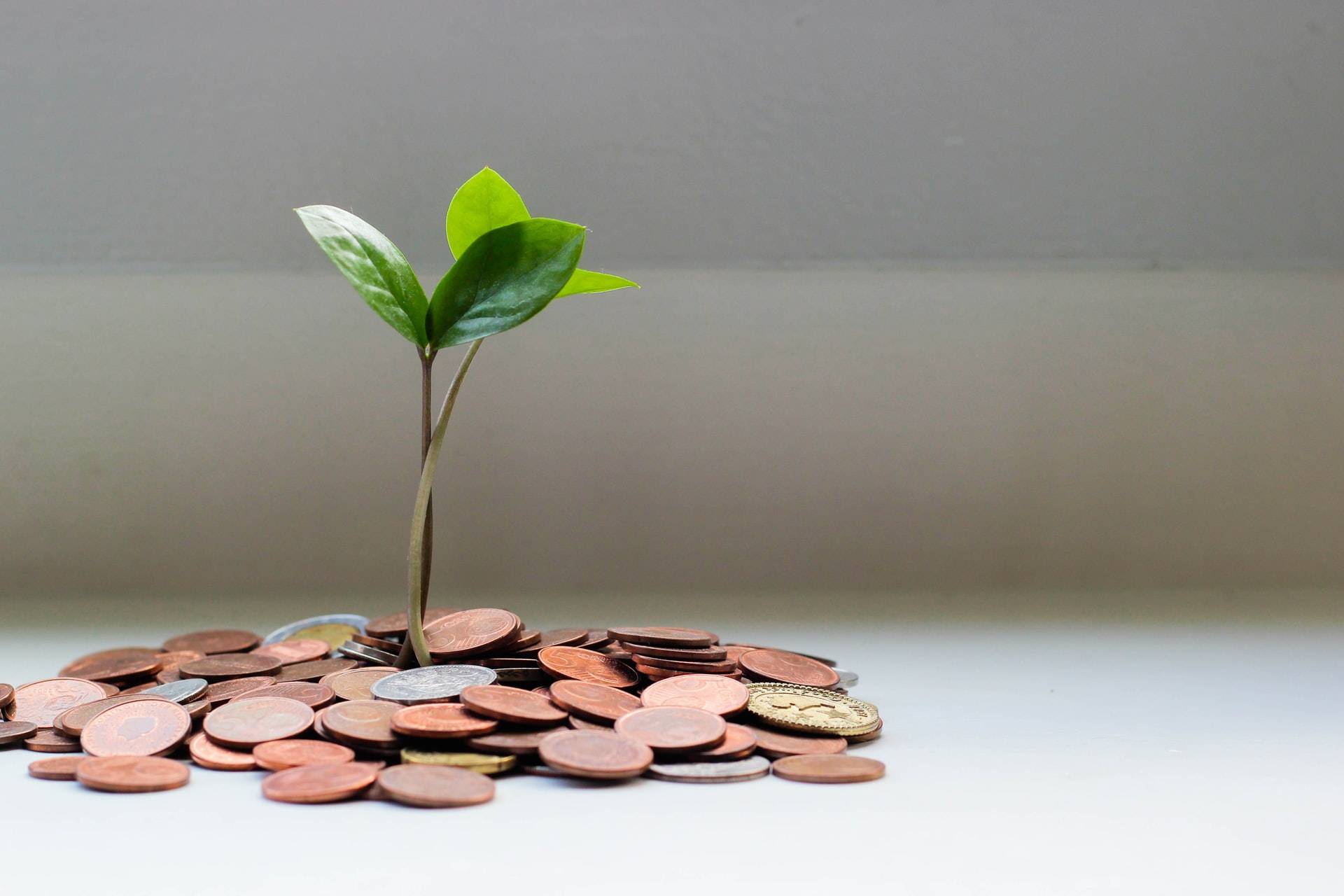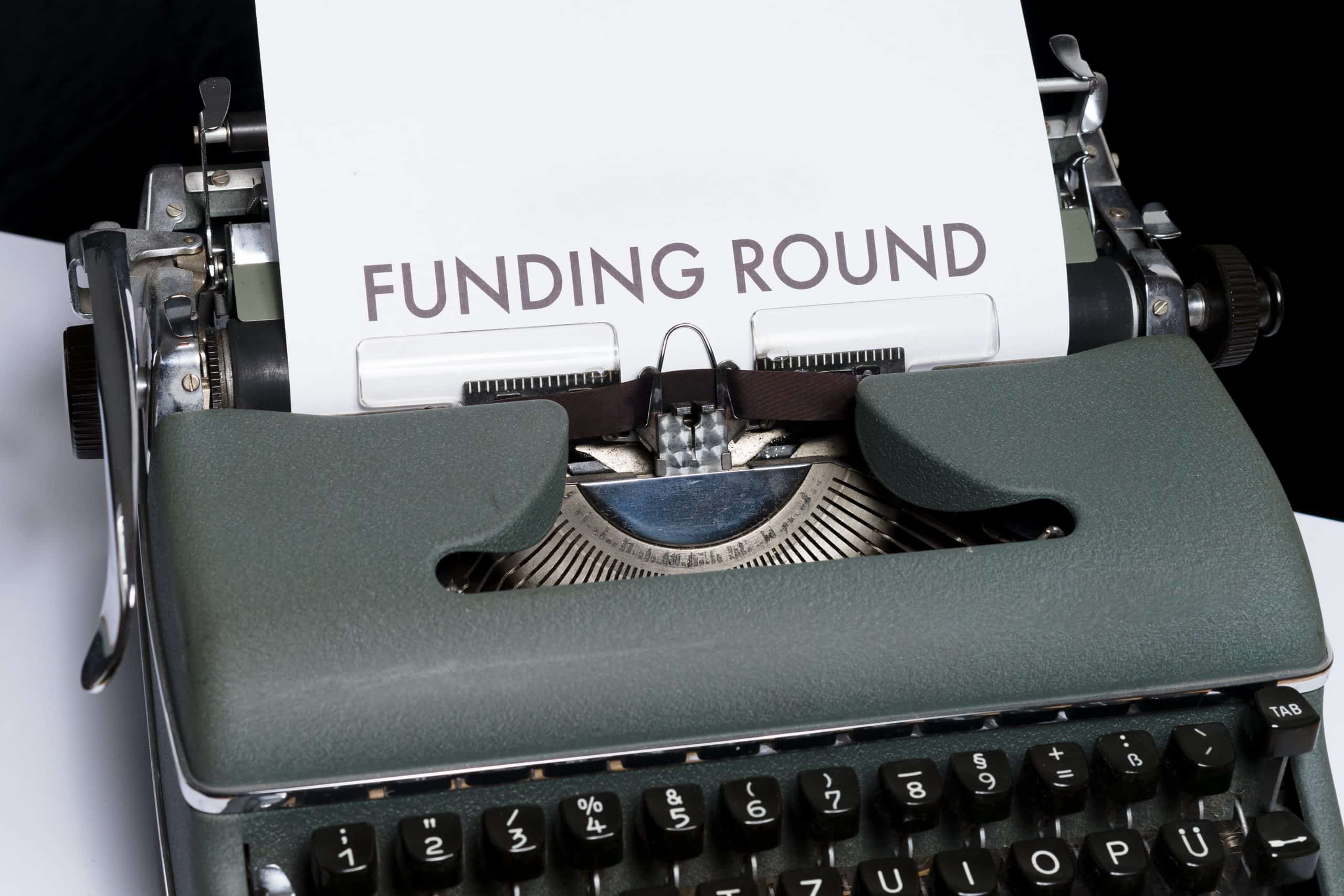2022 Update: Funding Landscape for Medical Device Startups
No matter how revolutionary technology is, it won’t become the foundation for a successful business without funding. Medical device startups are different from other sectors because they tend to involve research and long clinical trial phases. Medical device startups often have to go back to investors for several rounds of funding.
The earlier your development plans incorporate your positioning from an investor’s point of view, the better. Different sources of funding look for different returns. In this post, we’ll look at different funding sources available for medical devices and an overview update on the fundraising landscape for 2022.
Funding Trends in MedTech and Medical Devices
While research funding includes medical device and non-medical device projects, it provides a useful snapshot of where dollars are flowing in the MedTech space. The National Institutes of Health (NIH) provides an interactive chart show that shows trends in funding for 299 different Research, Condition, and Disease Categories (RCDC). It includes data from 2008 and a projected trend line into 2022. Data reflects support levels based on grants, contracts, and other funding mechanisms used across the National Institutes of Health (NIH), the National Center for Health Statistics (NCHS) at the Centers for Disease Control & Prevention (CDC).
The top 10 research/disease funding areas include Clinical Research, Prevention, Genetics, Neurosciences, Brain Disorders, Infectious Diseases, Biotechnology, Behavioral and Social Science, Cancer, and Clinical Trials and Support.
Medical Device Venture Funding Deals
In October 2021, medical device global venture investment reached $2.7B, an increase of 61% over the previous year, supporting a total of 86 deals. The regional breakout is as follows: North America 46 deals for a total of $1.92B, Asia Pacific 25 deals for a total of $0.49B, Europe’s activity included 12 deals for a total of $23 B, and the Middle East / Africa 3 deals for $0.034B (source)
According to GlobalData’s deals database, as of January 2022, United States medical device industry venture financing deals totaled $1.2B. Of the top 5 investments, three are medical devices, led by $215M venture financing of Enable Injections. Below are brief details of the top 5 investments:
Enable Injections – Investment $215M
Enable Injections is an investigational-stage company developing and manufacturing novel on-body injection systems designed to support improved outcomes, patient experience, and healthcare system value. The company is designing The enFuse® delivery system to enable greater convenience and flexibility for patients and healthcare providers in administering treatments.
Iterative Scopes – Investment $150M
Iterative Scopes is a pioneer in the application of artificial intelligence-based precision medicine to gastroenterology. The company’s goal is to establish a new standard of care for the detection, and ultimately, treatment of gastrointestinal (GI) diseases.
Wheel Health – Investment $150M
Wheel is a white-label telehealth staffing business powering virtual care. Wheel makes it simple for companies to build virtual care services under their brand by providing the infrastructure and clinicians. $150M
Athelas – Investment $132M
Athelas is a remote patient monitoring (RPM) company enabling providers to gather health data from patients at home, improve outcomes and bring in new revenue.
Big Health – Investment $75M
Big Health provides digital therapeutics in the form of safe and effective non-drug options for mental health.
2022 Medical Device Categories Trends
Current trends in medical devices reflect the challenges of the recent pandemic as well as the growth of the data cloud and virtual opportunities for remote communication. Areas of interest to investors right now include point of care diagnostic devices, remote monitoring, telehealth, the continued integration of AI, IoT, and medical device cyber security.
Med-tech and high-tech convergence is ramping up, too, in sectors like consumer wearables and software as a medical device (SaaMD). There is also market demand for medical devices and equipment for elective procedures that were deferred during Covid.
This article lists 12 leading medical device startups to track in 2022. One interesting detail is they include the number of funding rounds each startup has received. Device categories include:
- Brain-computer interface- Synchron – 2 rounds
- Durable artificial heart – BiVacor – 3 rounds
- Home diagnostics – TytoCare – 7 rounds and ReperioHealth – 1 round
- Incisionless operations – InsighTec – 10 rounds, most recent amount raised $136M!
- Surgical robot- CMRSurgical – 4 rounds, most recent amount raised $425M
- Targeted cancer surgery – Light Point medical – 11 rounds
- Spinal implants- ZygoFix – 3 rounds
- Magnetic blood purification- Hemotune – 10 rounds
Funding Sources for Medical Devices
There are several different potential sources of funding for medical device startups, ranging from investments to grants.
Venture Capital Funds
Venture Capital requires medical device teams to do extensive due diligence and have deep knowledge of the competitive marketplace. They have clear expectations as to IRR and ROI, pegged to different phases of growth. VC funds raise capital, identify deals, manage the portfolio, then facilitate an exit on an approximate 10-year timetable. During the time companies are looking for funds, VC Fundraising can easily be a full-time job for someone on your startup team.
Corporate Venture Capital
Some large Med-Tech corporations have a VC division to prime the front end of their innovation pipeline. Startups trade some independence and autonomy when working with corporate VCs, but if the startup goals align well with the corporation, it can be a good fit and obviously simplify the path to commercialization
Angel Investor Networks
Angel investor networks allow qualified investors the opportunity to pull their funds and act as active or passive investors. Signal, an investing network for Founders, VCs, and Angels, compiled this list of medical device seed investors. Family offices could be considered a type of Angel investor in that they commit to smaller seed amounts and are often mission-driven based on the interest of the founders.
Special Purpose Acquisition Companies (SPAC)
SPACs are a fundraising tool to raise money through an initial public offering (IPO) to buy another company. Another name for a SPAC is a “blank check company” because the SPAC doesn’t have the trappings of a traditional company.
SPACs have two years to complete an acquisition or they must return their funds to investors, so they tend to move fast. For medical device startups interested in SPAC funding, it makes sense to network within the MedTech SPAC space as early as possible.
In 2022 SPACs are attracting increased attention from regulators that could erode some of the advantages of a SPAC over a traditional IPO.
On March 1, 2022, Elizabeth Cairns from Evaluate wrote this about MedTech SPAC :
“…now is an extremely tricky time to get these deals done. Dismal market conditions might explain why …deals are still struggling to close after more than six months, though greedy valuations might also play a part. Either way, it would be unwise to rule out further terminations.”(source)
The 2022 SPAC advice for medical device startups seems to proceed with caution and be ready for some stiff competition. Even so, SPACs have deadlines to meet or they fail. Money looking for a home can represent an opportunity for the right target. Here is a list of open health tech SPAC deals.
SBIR Grants – Small Business Innovation Research
The Small Business Innovation Development Act of 1982 established the SBIR program.
SBIR grants are a viable option for medical device startups. The program requires that the startup must be an organized for-profit company located in the United States. SBIR also requires proof of US residency for founders and owners and that the startup has no more than 500 employees including affiliates.
Charitable Grants
Partnering with and non-profit or foundation may make sense if your medical device solution is aligned with their mission as well. In this post, Kolabtree lists 24 medical device grants.
Incubators and Accelerators
For the most part, incubators are not large investors in startups, but they can provide the critical earliest stage runway funding for program participants. The incubator experience provides another advantage that may lead founders to fund faster than if they were on their own.
Anyone who has been through fundraising can tell you that connections matter. Most Incubator/Accelerator programs Include introductions and exposure to potential investors. Here is a list of 11 medical device incubators and accelerators.
Taking the Long View
Fundraising in the medical device industry can span years of development. Successful commercialization of medical devices requires a combination of the right technology at the right time and a viable business model. Knowing what investors look for is an essential first step. Correct positioning at each stage makes a difference in funding timing, which affects the overall commercialization schedule.
If you have any questions about how to attract investors or any other questions related to bringing your device from idea to market, feel free to contact us.






